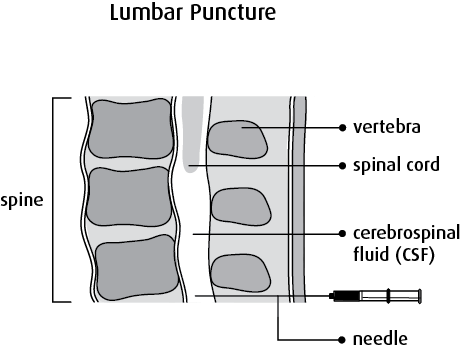Chemotherapy for acute myeloid leukemia
Chemotherapy uses drugs that are cytotoxic to destroy cancer cells. Cytotoxic means the drugs are poisonous to all cells in your body – so these drugs destroy cancer cells, but they can also harm healthy cells. With most types of chemotherapy, the drugs travel through the blood to reach and destroy cancer cells all over the body. This is described as systemic therapy.
Sometimes chemotherapy is used as a regional therapy for a specific area of the
body. Intrathecal chemotherapy is given directly into the spaces containing
cerebrospinal fluid (CSF) through a
Chemotherapy is the main treatment for acute myeloid leukemia (AML). It is used in all phases of treatment. Your healthcare team will use what they know about the cancer and about your health to plan the drugs, doses and schedules.
Chemotherapy may be the only treatment you have or it may be used along with other cancer treatments. You may have chemotherapy to:
- destroy the leukemia cells and bring about a remission
- destroy leukemia cells in the brain and spinal cord (called the central nervous system, or CNS)
- prepare for a stem cell transplant
Chemotherapy drugs used for AML
Chemotherapy for AML usually involves a combination of 2 or 3 drugs.
The most common chemotherapy drug used is cytarabine (Cytosar), which may be combined with other chemotherapy or targeted therapy drugs. The usual approach is called the 7-and-3 protocol. Cytarabine and an anthracycline chemotherapy drug are usually given in the 7-and-3 protocol. Cytarabine is given continuously for 7 days and then an anthracycline is given daily for 3 days. Anthracyclines used include daunorubicin (Cerubidine), idarubicin, doxorubicin (Adriamycin) and mitoxantrone. There is also a liposomal form of daunorubicin-cytarabine (Vyxeos) that may be used. Targeted therapy is added if the cancer cells have certain genetic mutations.
Other drugs that may be used to treat AML include:
- thioguanine (Lanvis, 6-TG)
- fludarabine (Fludara)
- cladribine (Leustatin)
- clofarabine (Clolar)
- etoposide (Vepesid)
- hydroxyurea
- cyclophosphamide (Procytox)
- carboplatin (Paraplatin)
- temozolomide (Temodar)
- topotecan (Hycamtin)
- methotrexate (Methotrexate)
- mercaptopurine (Purinethol, 6-MP)
- injectable azacitidine (Vidaza)
- oral azacitidine (Onureg)
- decitabine (Dacogen, Demylocan, Inqovi)
- corticosteroids such as prednisone or dexamethasone
Chemotherapy drugs used for acute promyelocytic leukemia
All-trans retinoic acid (ATRA) is given in combination with other drugs to treat acute promyelocytic leukemia (APL). Other drugs include:
- arsenic trioxide (ATO)
- daunorubicin
- idarubicin
- cytarabine
- methotrexate
Chemotherapy drugs used for central nervous system treatment
If the leukemia has spread to the brain and spinal cord (called the central nervous system, or CNS), chemotherapy may be given directly into the cerebrospinal fluid (called intrathecal chemotherapy). The drug used for intrathecal chemotherapy is methotrexate or cytarabine. It is usually given during a lumbar puncture.
A lumbar puncture involves inserting a spinal needle through the skin and then through the space between the vertebrae until it enters the space that contains the CSF. The drug then goes directly into the spaces containing CSF.
High-dose cytarabine given as systemic therapy can also be used to treat leukemia that has spread to the CNS.

Side effects
Side effects of chemotherapy will depend mainly on the drug, the dose, how it's given and your overall health. Tell your healthcare team if you have side effects that you think are from chemotherapy. The sooner you tell them of any problems, the sooner they can suggest ways to help you deal with them.
Common side effects of chemotherapy drugs used for AML are:
Find out more about chemotherapy
Find out more about chemotherapy and side effects of chemotherapy. To make the decisions that are right for you, ask your healthcare team questions about chemotherapy.
Details on specific drugs change regularly. Find out more about sources of drug information and where to get details on specific drugs.
